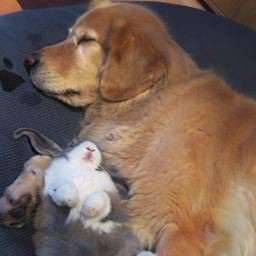#golden age of animation
Text

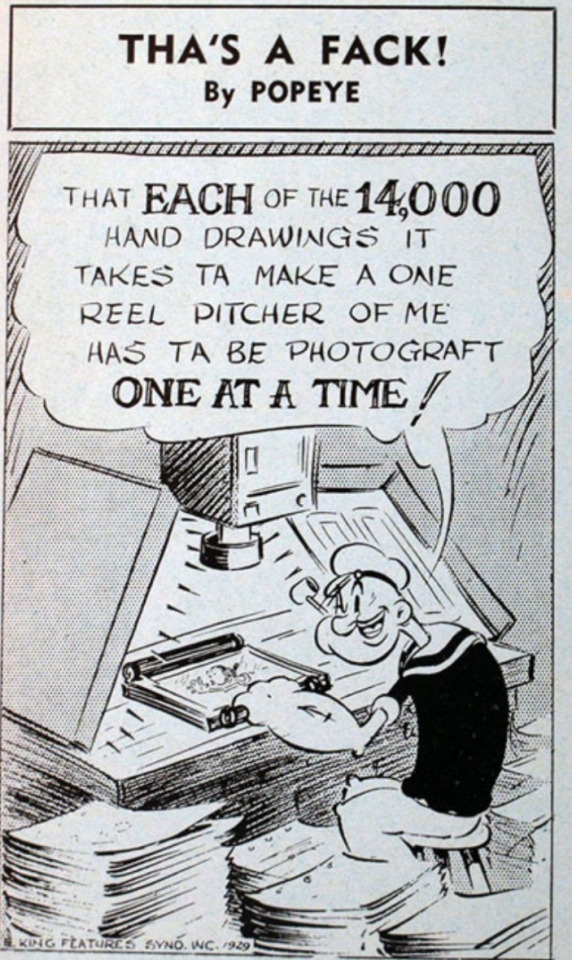

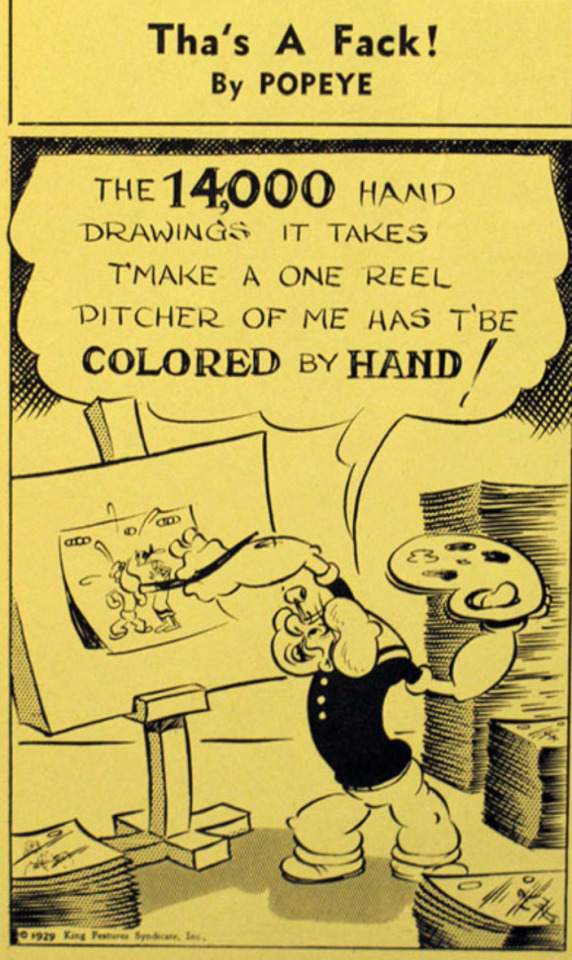
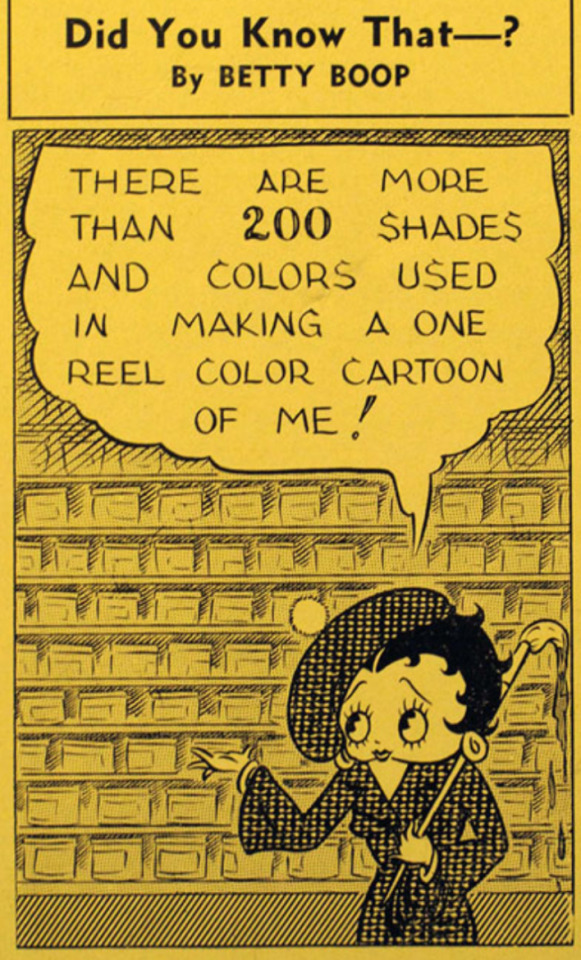
Various Fleischer studio/paramount sales poster art from 1937 during the Fleischer strike
#animation#new york animation#golden age of animation#classic cartoons#cartoons#betty boop#popeye#strike
76 notes
·
View notes
Text
youtube

#art#original#genderbend#humanized#rule 63#disney#winnie the pooh#1926#1926 -1928#oswald the lucky rabbit#ortensia the cat#1927#clarabelle cow#1928#silent era of animation#golden age of animation#speedpaint#toons throughout the years
14 notes
·
View notes
Quote
I realize that was what it was really all about. I can only be as good as I could be. Whatever my limits were! It wasn't that I had to compete with the birds! And learned the second thing that creative is never competitive [...] In the world today of animation, in this particular year, there are a bunch of people making features. But that isn't the point! The point is you're trying to make the best picture. Not the best picture that was ever made or the best picture somebody else has made. There's no competition possible. When we were making cartoons at Warner Bros., we didn't know what MGM was doing or Disney was doing. It take a year to make a year to make a cartoon.
Chuck Jones
#chuck jones#quotes#looney tunes#merrie melodies#animation#artists#art quotes#art#animation advice#cartoons#art advice#creative work#classic animation#classic cartoons#creative process#golden age of animation#the golden age of animation#disney#mgm#metro goldwyn mayer#walt disney
14 notes
·
View notes
Text
What is your favorite classic cartoon studio
Disney

Paramount (Fleischer/Famous studios)

Warner Bros
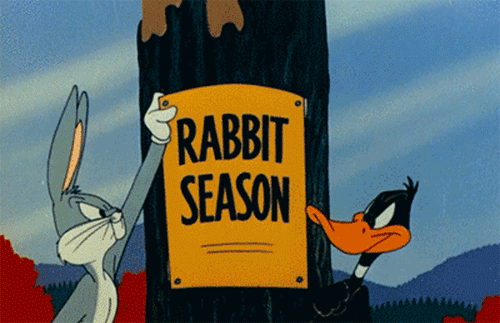
MGM

Columbia(UPA)

Universal
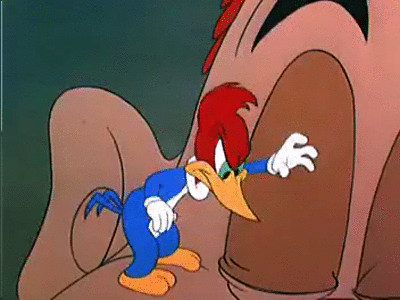
Terrytoons

I am partial to Warner Bros and MGM myself
@ariel-seagull-wings @themousefromfantasyland @the-blue-fairie @amalthea9 @angelixgutz @princesssarisa @filmcityworld1 @metropolitan-mutant-of-ark
20 notes
·
View notes
Text
“Animation can explain whatever the mind of man can conceive.”
– Walt Disney
The Evolution of Film Animation
- By Animation Enthusiast (Anitth Andrea Tulod)
The art of making inanimate objects appear to move is an artistic impulse that predates the movies. Pygmalion, a sculptor, created a figure of a woman so perfect that he begged Venus to bring her to life. This sense of magic, mystery, and transgression still permeates contemporary film animation, which has made it a primary vehicle for exploring the emotions of childhood.
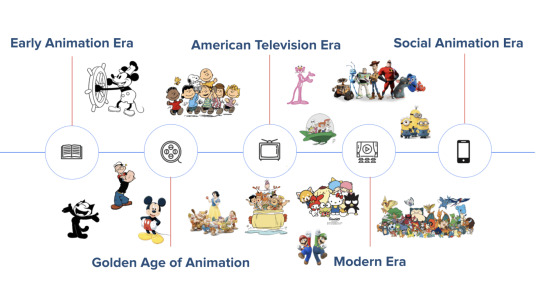
Due to early experimenters' discovery of the principle of persistence of vision, the theory of the animated cartoon was developed fifty years before the invention of the cinema.
Let's take a look at where it all started!
THEN: THE EARLY ANIMATION ERA
ZOETROPE
The earliest form of animation than was the Zoetrope, which was invented in 1834 by William George Horner. The device consists of a drum-shaped container with vertical slits cut into the sides. When the device is spun, the images inside appear to move. This was the start of what would soon become a powerful tool in the world of entertainment.

The evolution of animation has been influenced by technological advancements, cultural shifts, and artistic innovations. It has gone from simple black-and-white drawings to visually stunning animated movies that take your breath away.
In the early 1900s, the first animated films started appearing. Winsor McCay's "Little Nemo" was the first animated film to use frames, and it opened the door for other animators to explore the possibilities of animation as a medium.
youtube
Early animations were simple and relied heavily on black-and-white drawings. However, as time passed, technology improved, and filmmakers began experimenting with color and sound to make their animations more immersive.
The 1930s saw the rise of Walt Disney Studios and the introduction of full-length animated feature films. The first full-length animated film, "Snow White and the Seven Dwarfs," was released in 1937 and was a massive success. Disney's films introduced new techniques, like cell animation, which allowed animators to create more fluid movements for their characters.
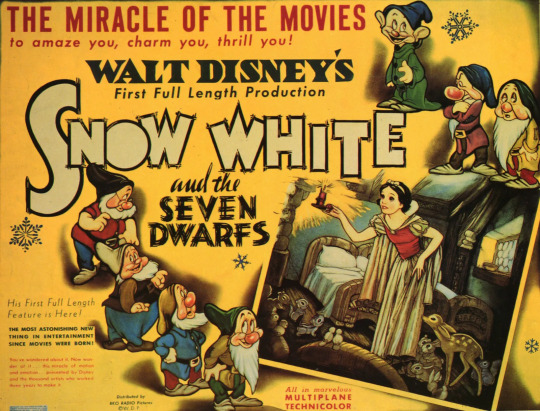
As animation began to mature as an art form, new styles, and techniques emerged. In the 1960s and 1970s, the counterculture movement in America influenced animators to experiment with bizarre, psychedelic imagery. Examples of these styles include the works of Ralph Bakshi, who created films like "Fritz the Cat" and "Heavy Traffic."
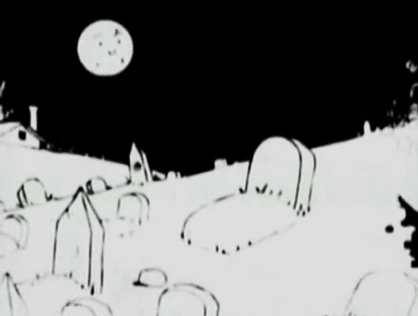
NOW: GOLDEN AGE ANIMATION TO HYPER-REALISTIC ANIMATION
The evolution from Golden Age animation to hyper-realistic animation has not been a simple linear process but has gone through several stages. One of the first steps towards hyper-realistic animation was the introduction of rotoscoping in the 1970s. Rotoscoping involves tracing over live-action footage to create animations that are more fluid and natural. This process was used in films like Disney's "101 Dalmatians" and "Robin Hood" to make the movements of animals and humans look more lifelike
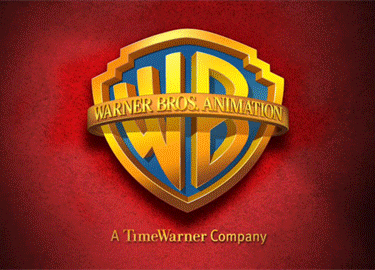

The 1980s and 1990s saw the emergence of computer-generated animation, which allowed animators to create complex, three-dimensional images. Pixar, founded in 1979, was one of the first companies to use computer-generated graphics in their animations, resulting in films like "Toy Story" and "Finding Nemo."


Today, animation has reached new heights of artistic and technical achievement. Animators can create lifelike characters with detailed facial expressions, intricate background designs, and stunning visual effects that immerse audiences in entirely new worlds. Animation is no longer considered just a medium for children's entertainment but is now appreciated as a legitimate form of art.
#animation#walt disney#golden age of animation#hyperrealistic#historyofanimation#then and now#media back then and now#art#artoffilm#3dart#early animation#artistic#contemporary film#mediumofart#entertainment#formofart#animators#rotoscoping#popculture#media
3 notes
·
View notes
Text




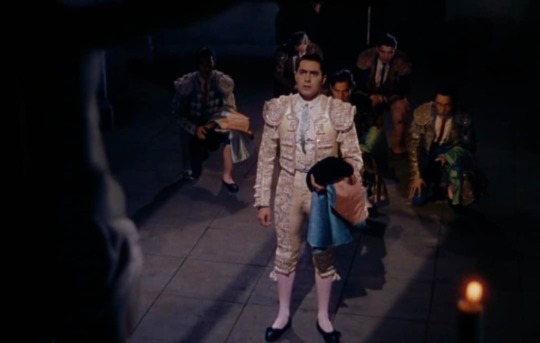


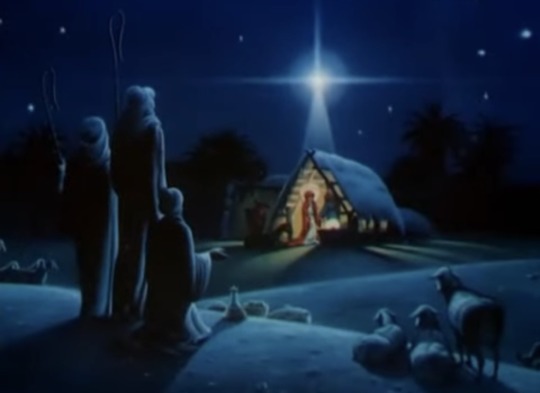
Golden Age Hollywood was “a Jewish-owned business selling Catholic theology to American Protestants”
#catholicism#catholic#christianity#religion#religous art#film#old hollywood#hollywood#classics#sacred art#film aesthetic#classic film#golden age of animation#old disney#alfred hitchcock
2 notes
·
View notes
Text
“My cartoons weren't good, they were just first!”
Mickey Mouse in The Simpsons.
Insanely accurate if you compare the original Disney shorts to its competitors during the golden age of animation.
#the simpsons#mickey mouse#disney#looney tunes#merry melodies#merrie melodies#anti disney#cartoons#golden age of animation#golden age of hollywood#bugs bunny#fleischer studios#max fleischer#hanna barbera#walt disney
1 note
·
View note
Text
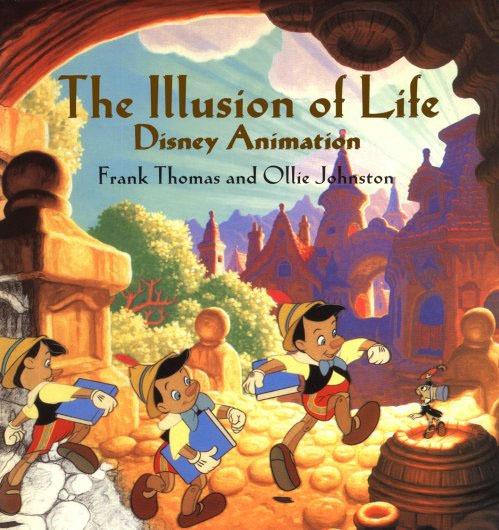
Disney Animation: The Illusion of Life (later republished as The Illusion of Life: Disney Animation) by Frank Thomas and Ollie Johnston.
This is not just an "animation book". It's an amazing volume on visual storytelling, written by two of the key animators at Disney during the Golden age of American animation.
#Disney#Disney Animation: The Illusion of Life#The Illusion of Life: Disney Animation#Frank Thomas#Ollie Johnston#golden age of animation
0 notes
Text
1 note
·
View note
Text
if you find yourself asking "how shall i spend the next one minute and 52 seconds?", i implore you to turn to the Wansa-kun opening for the most joyful way to fill the time. isn't this wonderful
#trying to make good on my word and watch all the shows i've been saying i would... those being Urusei Yatsura Lupin Part 3 Gutsy Frog and#Wansa though the latter isn't fully subbed#i love me some 70s/80s gag anime... it's really funny how often the western golden age influence pops up#especially in UY--the episode i watched just had a character turn into a wolf while being a lech! in something made after 1946!!!!!! amazin#thank you to my wonderful peers and friends pushing me down this route#vid
1K notes
·
View notes
Photo
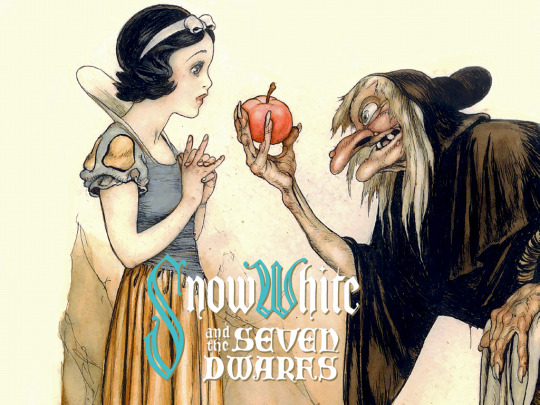

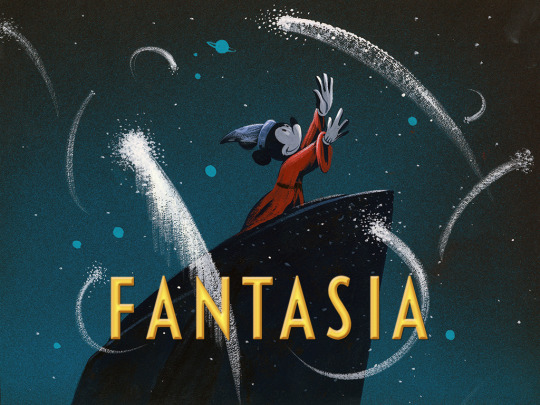
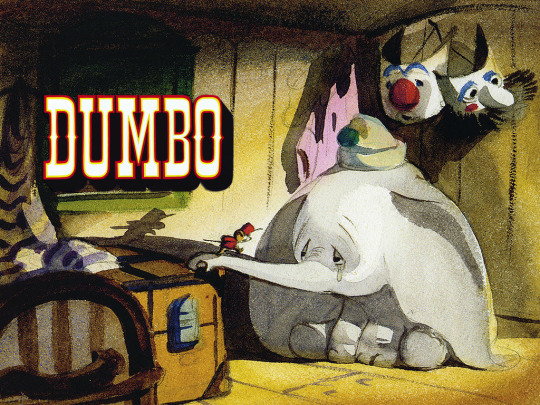

𝙳𝚒𝚜𝚗𝚎𝚢 𝚌𝚘𝚗𝚌𝚎𝚙𝚝 𝚊𝚛𝚝Iᴛʜᴇ ɢᴏʟᴅᴇɴ ᴀɢᴇ (1937 - 1942)
#ask and you shall receive#disney eras#disney#the golden age#disney animation#disney concept art#concept art#art#artwork#animation art#illustration#snow white and the seven dwarfs#pinocchio#pinocchio 1940#fantasia#dumbo#dumbo 1941#bambi#mine
3K notes
·
View notes
Text
James Dietrich was the studio composer for the Universal/Lantz cartoons from 1930-1937 and his scores are pretty amazing
From 1930’s Not So Quiet. Directed by Walter Lantz & Bill Nolan for Universal/Lantz
#animation#classic cartoons#cartoons#golden age of animation#art#walter lantz#bill nolan#oswald the lucky rabbit#battlefield#war#1930#1930’s#universal
18 notes
·
View notes
Text
I draw some redraws of the looney tunes. (2 from the classic and 1 from space jam 2) for fun and then realize i missed it. I looked through this morning for others like disney and others but i couldn't find some that wow me. So i save them....not knowing that I literally have a pinterest folder of stuff for redraws. But it was too late to continue on. Anyways, here's the drawing that took from my window and my best crop out it. I did use a filter called deep on one of the pictures
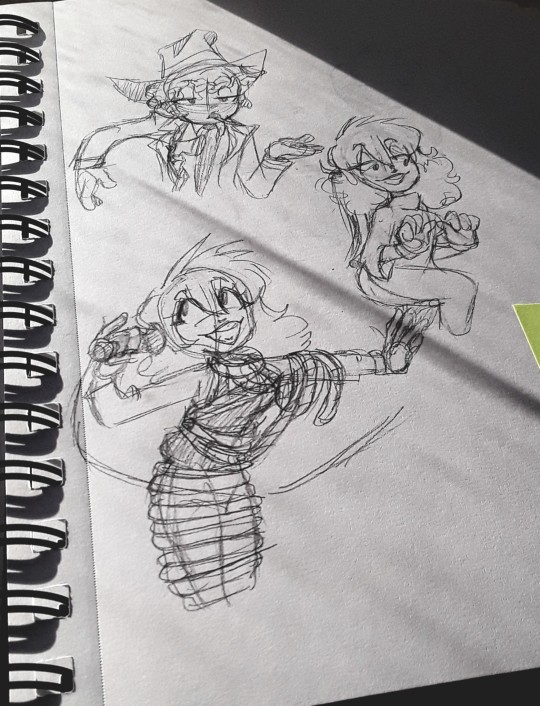


Here's the references:


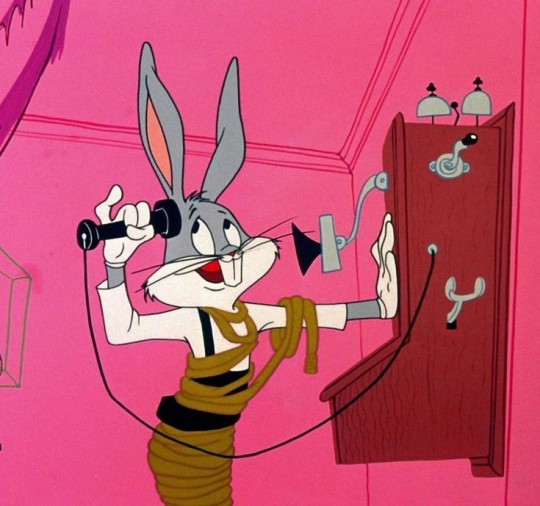
#art#original#genderbend#humanized#rule 63#looney tunes#bugs bunny#daffy duck#redraws#source: pinterest#golden age of animation#space jam 2
10 notes
·
View notes
Text
youtube
#chuck jones#videos#looney tunes#merrie melodies#interviews#warner bros#animation#cartoons#classic animation#classic cartoons#history of animation#charlie chaplin#animation history#golden age of animation#Youtube
7 notes
·
View notes
Text
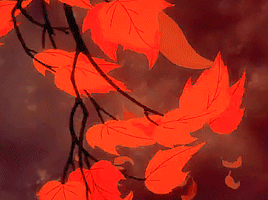


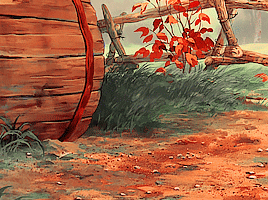
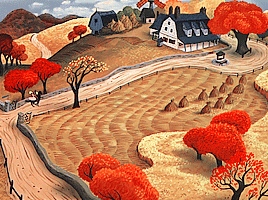

do you love the colours of fall?
(requested by anonymous)
#the fox and the hound#the adventures of ichabod and mr. toad#disneyedit#fantasia#melody time#the many adventures of winnie the pooh#bambi#filmedit#filmtvcentral#animationedit#classicfilmsource#*#gifs#film#animation#golden age#wartime era#bronze age#kenn
1K notes
·
View notes




